Port Famine
The geographical center of Chile is a port so depressing that it has driven men to suicide.
Port Famine, or Puerto del Hambre, lies in Patagonia, Chile, on the north shore of the Strait of Magellan, making it the exact geographical center of the country if Chile’s Antarctic claims are taken into account. It is a bleak, cold, and astonishing place, more fit for sea-lions than humans.
The rocky terrain was first settled in 1584 by Captain Pedro Sarmiento de Gamboa, who established the City of King Philip, or Ciudad del Rey Don Felipe. 337 settlers, including women, children, and two Franciscan priests, claimed this corner of the world for Spain, with little more than hope and a gigantic wooden crucifix to sustain them. Unfortunately the odds, and the terrain, were always against the city. Few of the settlers understood how to grow food in such conditions, and even fewer knew what lay in wait for them in the harsh seasons of the year. Without the proper knowledge to prevent them, one after another, illness, rodents, bitter cold, and crop failure struck the settlement, and in the end, most of the residents either froze or starved to death.
When Thomas Cavendish, a British privateer, finally came upon the settlement only three years later, not a single one of the original inhabitants was left alive, finding only 18 malnourished people at the site. Cavendish appropriately renamed the place Port Famine, or Puerto del Hambre, and made his camp some ways from the site of the ruined settlement.
The bleak coast remained largely unvisited until the HMS Beagle came to the port in August 1828. Receiving orders that he and his ship were to stay in the area for a full five years of surveying, the ship’s captain, Pringle Stokes, was driven to despair and shot himself after hiding in his cabin for 14 days. HIs body was buried near the port in a small English cemetery which still stands as a reminder of the despair caused by the surroundings.
Despite the tragic and depressing history of the port, the ruins of the original 1584 settlement, now not much more than some low-lying church ruins, have been named a national landmark and multiple monuments have been erected to honor the various explorers and settlers who perished on the bleak shores.
Know Before You Go
This site is closed to the public. No date was given to reopen.

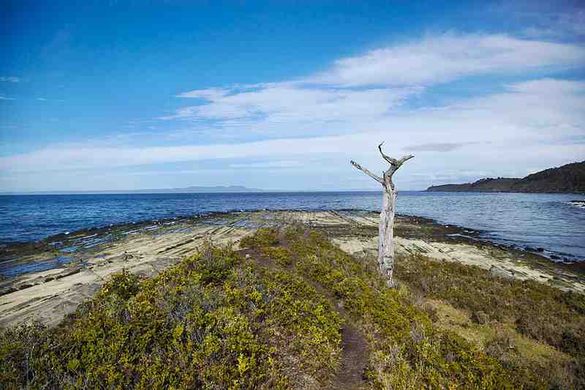


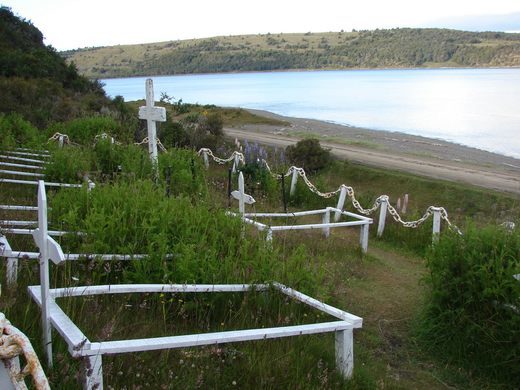






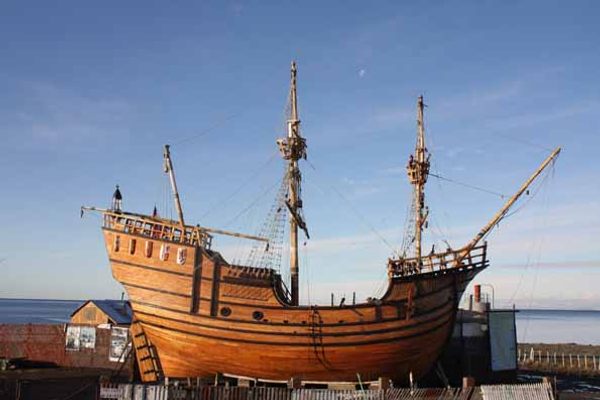

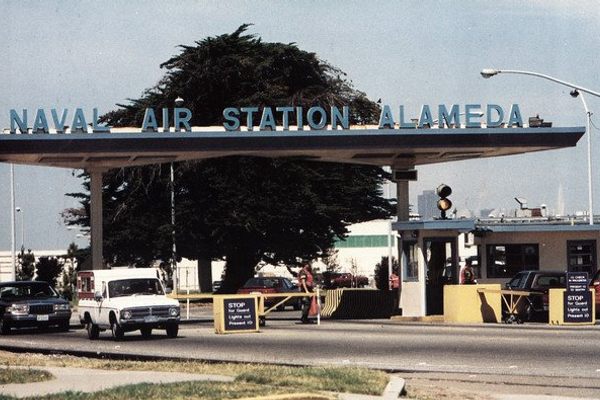


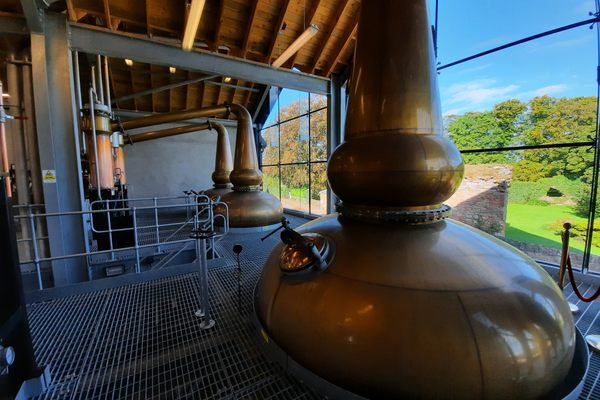

Follow us on Twitter to get the latest on the world's hidden wonders.
Like us on Facebook to get the latest on the world's hidden wonders.
Follow us on Twitter Like us on Facebook